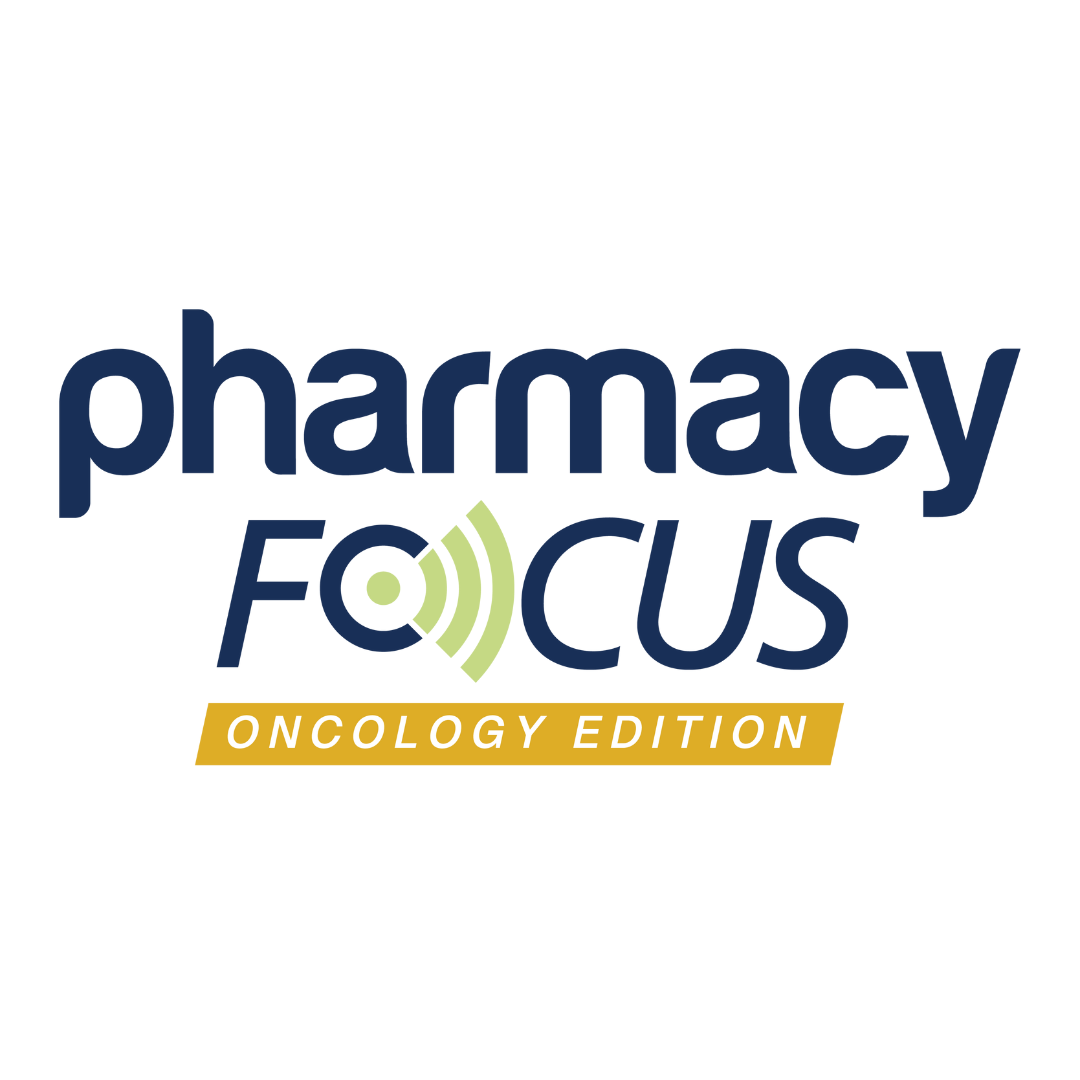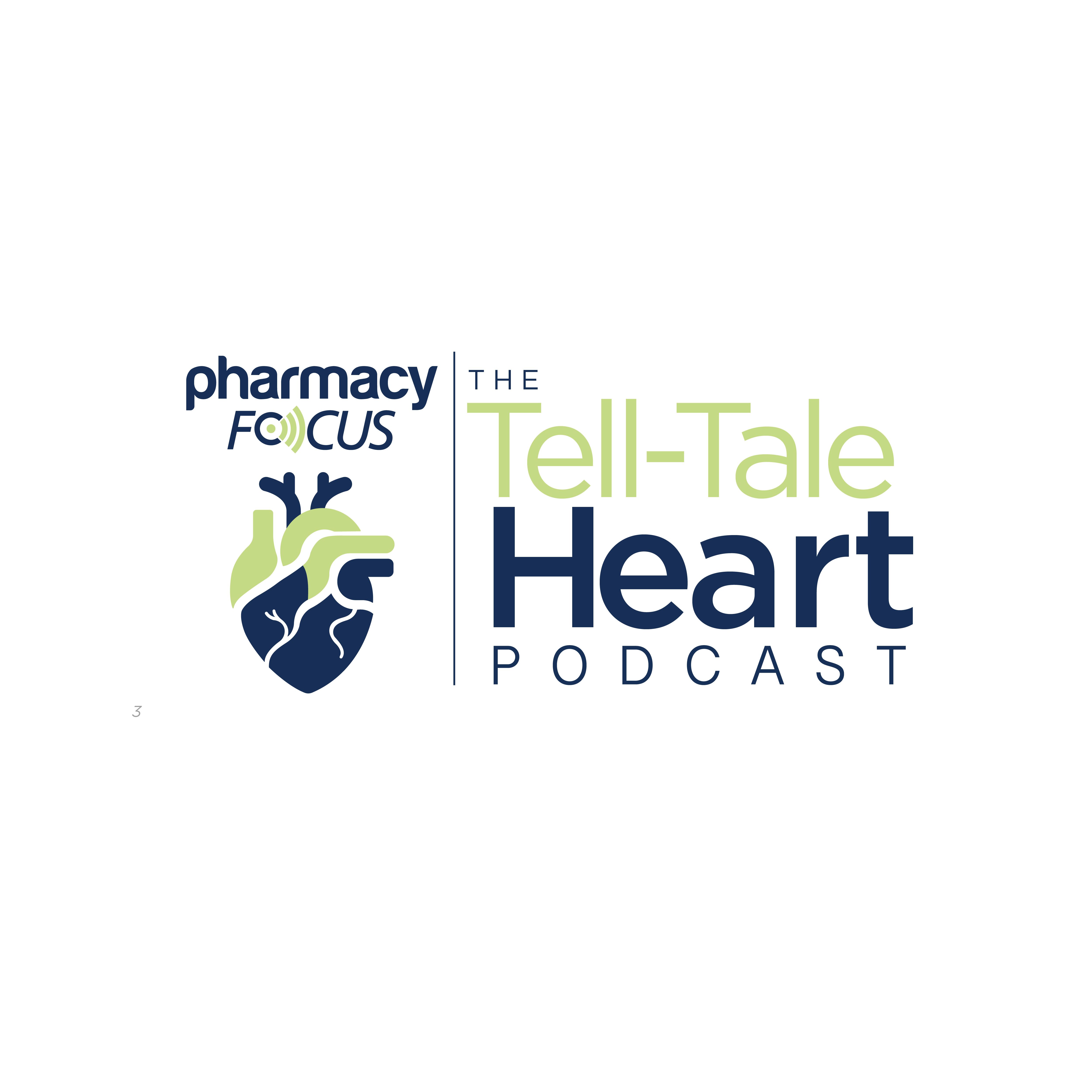News
Video
From Diagnosis to Therapy: Pharmacists Can Help Close the Gap in Colorectal Cancer Treatment
Michael Arnold, PharmD, discussed the role of oncology pharmacists in enhancing biomarker testing for patients with metastatic colorectal cancer.
In an interview with Pharmacy Times® at the HOPA Annual Conference 2025, Michael Arnold, PharmD, PGY2 oncology resident at Atrium Health, emphasized the importance of biomarker testing for colorectal cancer (CRC), particularly in metastatic cases, to optimize therapy and improve patient survival rates. He highlights noticeable improved outcomes in academic medical centers and clinics when integrating pharmacists into metastatic CRC (mCRC) care, noting their ability to optimize therapy and significantly impact patient outcomes.
Pharmacy Times: Why is biomarker testing so critical in the treatment of metastatic colorectal cancer, especially given its poor survival rate?
Michael Arnold, PharmD: Given its poor survival rate—especially in the metastatic space, where we see only about a 25% survival rate at the 5-year mark—improving survival at any point in time is very important and crucial for this population. Being able to biomarker test for [CRC], especially in metastatic disease, gives us the best chance to optimize therapy for these patients.
Pharmacy Times: How do biomarkers like KRAS, NRAS, BRAF, HER2, NTRK, and MSI influence both treatment decisions and outcomes in mCRC?
Arnold: In the metastatic space is where we really see the value of testing for these biomarkers. You certainly mentioned several of them—KRAS, RAS, etc. Speaking specifically about RAS wild type, we can really tailor therapy by combining chemotherapy with targeted therapy, using either cetuximab [Erbitux; Eli Lilly, Bristol Myers Squibb] or panitumumab [Vectibix; Amgen], depending on the institution.
When HER2 markers are present, we can also target those, especially in later lines of therapy, with agents like tucatinib [Tukysa; Pfizer] or trastuzumab deruxtecan [Enhertu; AstraZeneca]. So really, being able to target therapy specifically to the patient and the biomarkers present is all about optimizing outcomes for each patient we encounter.
Pharmacy Times: What differences did you observe between the academic center and the community clinics in terms of biomarker testing rates or patterns?
Arnold: Starting with the academic medical center, we really saw improved rates in tailoring targeted therapy for our patients. There were increased rates of incorporating agents like bevacizumab [Avastin; Genentech], panitumumab, cetuximab, or—if dMMR [deficient mismatch repair] was present—really tailoring treatment with PD-L1 inhibitors. Those were some of the key improvements we saw in the academic medical center population compared to our community clinics. We also saw similar trends in clinics where a pharmacist was present compared to those where one was not.
Pharmacy Times: What role can pharmacists play in helping ensure timely and comprehensive biomarker testing?
Arnold: I think pharmacists can play a lot of different roles in this space, especially in clinic settings—not just optimizing therapy, which we’ve talked about, by ensuring patients receive the best agents or regimens, but also optimizing the timing of therapy. While not statistically significant, we did observe trends in favor of academic medical centers and clinics with pharmacists—specifically when it came to shortening the time from diagnosis or biomarker results to the start of targeted therapy. So, I think these are all areas where pharmacists can have a huge impact on patient outcomes.
Pharmacy Times: Are there plans to expand this research to include more sites or a larger patient population?
Arnold: At the current moment, our institution has no active plans to expand this research, but I do think the principles demonstrated in this project could certainly be expanded—either within our institution or at others—to evaluate additional areas where pharmacists can make a meaningful impact, whether in GI clinics or beyond.
Newsletter
Stay informed on drug updates, treatment guidelines, and pharmacy practice trends—subscribe to Pharmacy Times for weekly clinical insights.






